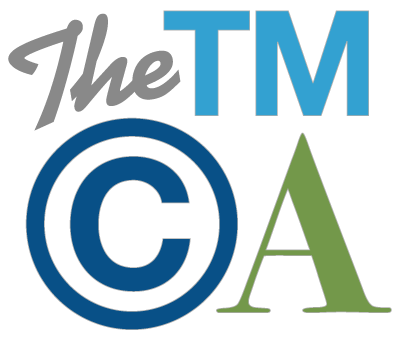Not Human Enough – District Court Rejects Copyright For AI Artwork
Artificial Intelligence (AI) is one of the hottest topics in technology, with businesses studying how to utilize its benefits and at least some workers wondering if smarter and cheaper AI technologies will replace them. Here at the TMCA, we have been covering an AI-related issue of particular interest to IP attorneys – the ongoing battle of Dr. Stephen Thaler to copyright artwork created by AI software. Back in June 2022, Thaler filed a federal lawsuit in the District of Columbia challenging the Copyright Office’s refusal to register artwork Thaler had created using AI on the basis that human authorship is a requirement for copyright protection. Thaler then moved for moved for summary judgment in January 2023 on the sole legal issue of whether an AI-generated work is copyrightable, and Copyright Office cross-moved on the same issue. As we noted at the time, Thaler had a creative argument. In brief, Thaler posited that an AI programmer is like an employer, the AI is like an employee, and so a programmer like Thaler should be considered the owner of the AI artwork created by the AI/employee under the work for hire doctrine.
Thaler’s attempt to equate AI technology with human employees is not likely to calm the fears of those who believe their jobs might be outsourced to machines in the not too distant future. It also didn’t convince the District Court that AI-generated works are entitled to copyright protection. In a decision issued last month, Judge Beryl Howell denied Thaler’s motion for summary judgment and granted the Copyright Office’s cross-motion. As the Court put it in succinct fashion: “Human authorship is a bedrock requirement of copyright.”
In reaching its conclusion, Judge Howell addressed and dismissed all of Thaler’s arguments in support of his claim that his AI-generated artwork (which was displayed on P. 2 of the decision) was entitled to copyright protection. For example, the Court held that Thaler’s “work for hire” argument “put the cart before the horse.” The issue was not who could register a copyright, but rather whether any valid copyright existed in a work absent human involvement. Interestingly, the Court noted that Thaler had argued that there was in fact a degree of human involvement in the “development, use, ownership, and prompting of the AI generating software.” Unfortunately for Thaler, however, that alleged human involvement was not in the record, as Thaler had represented to the Copyright Office that the AI system generated the work autonomously and that he played no role in its creation. One wonders if a copyright application that emphasized the human involvement in directing and prompting AI would have more luck (and the Court itself pondered this issue towards the end of its decision). Photographs are entitled to copyright protection – isn’t there an argument that AI is just a more sophisticated form of machine but that AI-generated works are still human works? Maybe, though in the next section the Court drew a distinction between cameras and AI.
The Court agreed with Thaler that copyright law has proven malleable enough to cover works created with new technologies – in fact, Section 102(a) of the current Copyright Act itself provides that copyright attached to “original works of authorship fixed in any tangible medium of expression, now known or later developed.” But human creativity is nonetheless, as the Court stated, “the sine qua non at the core of copyrightability.” As the Supreme Court held in Burrow-Giles Lithographic Co. v. Sarony, 111 U.S. 53, 58 (1884), photographs are the copyrightable creations of authors despite their use of a mechanical device because the photographic result represents the “original intellectual conceptions of the author.” Photographs, then, are more like paintings than AI-generated works.
Thaler had no more success in arguing that the Copyright Act doesn’t define “author.” The Court consulted two dictionaries and concluded that the plain meaning of “author” means an “originator with the capacity for intellectual, creative, or artistic labor” (i.e., a human being). Such an interpretation is consistent with, in the view of the Court, “centuries of settled understanding” in copyright and patent law. Further evidence that copyright recognition requires human involvement is that numerous courts have consistently rejected copyright claims even when the claimed author was divine. Similarly, the works of monkeys are not entitled to copyright protection. The Court seems to conclude that if neither gods nor monkeys can register copyrights, then neither should AI be able to do so. Or at least one wishing to copyright an AI-generated work needs to show a great deal more human input than Thaler did.









